Before you decide which one of these is right for you, there are a few things to keep in mind. For one, adding these renewable energy sources to your home will almost certainly require a permit, and an inspector will have to OK this addition to your home. You also need to think about your daily energy needs, the climate of your place, and the regulations of your local area. Depending on where you live, it might be illegal to put in some of these systems or impractical if your region doesn’t get much wind or sun. An electrician can help you calculate your daily electricity needs, and a contractor can assist you in navigating local regulations. You should also check the relevant government websites for helpful pointers.
It’s also important to add that when converting to renewable energy, you don’t have to go it alone. If you cannot install renewable energy in your home independently, there are other ways to connect to a renewable energy source. For instance, there are now a growing number of community solar programs. You can also find many solar leasing companies.
The federal government also offers a tax credit for renewable energy installations, which can help reduce the cost burden. Hybrid systems can also help reduce the cost of switching to renewable energy by keeping you connected to the grid while giving you different options for renewable energy production. For instance, you can use solar energy in the summer and wind turbines in the winter.
4. Choose Non-Toxic Building Materials
You now know to avoid fiberglass insulation, but there are many other building materials that are better to avoid for your next home remodeling project. Vinyl siding, for instance, is a black sheep best kept at arm’s length. Vinyl cladding is a type of PVC, and as such, it produces sulfur dioxide as a byproduct. Sulfur dioxide is a major pollutant. It can cause respiratory problems and is one of the main causes of acid rain. As if that wasn’t bad enough, vinyl is bad stuff during a fire. If it happens to ignite, vinyl will release a lot of deadly chemical vapors.
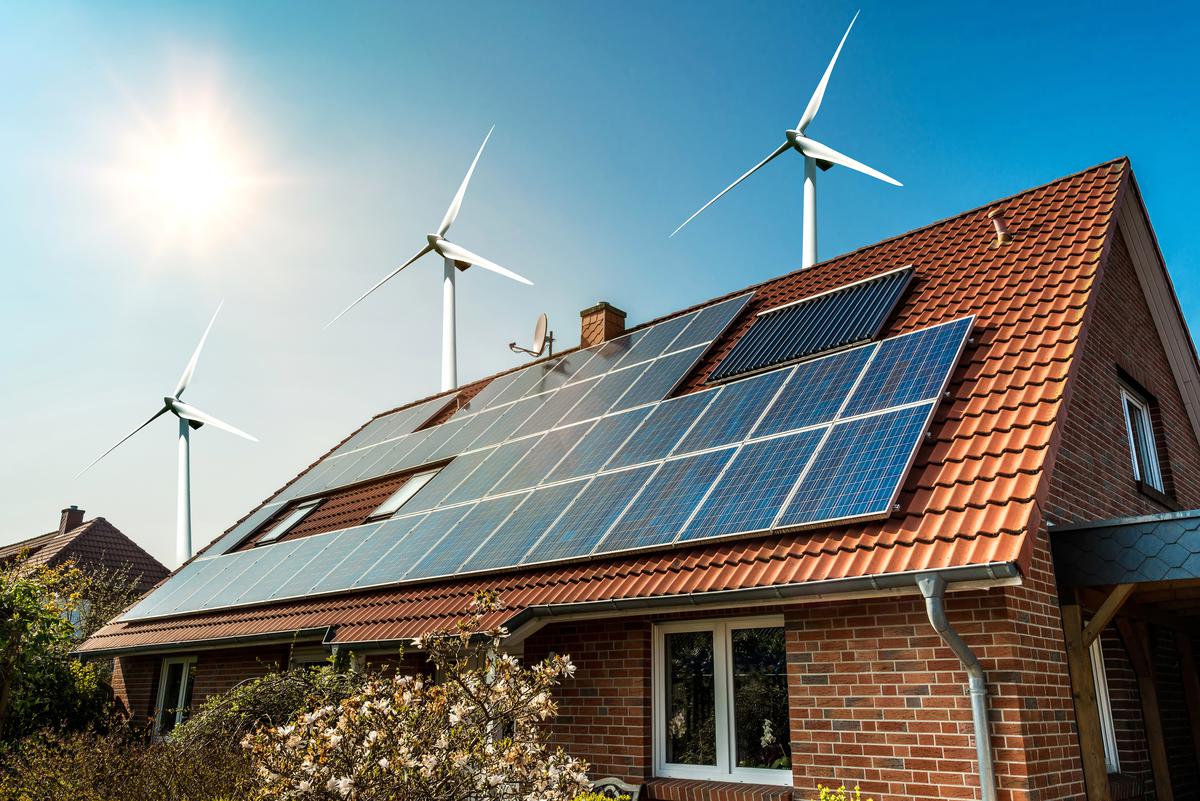
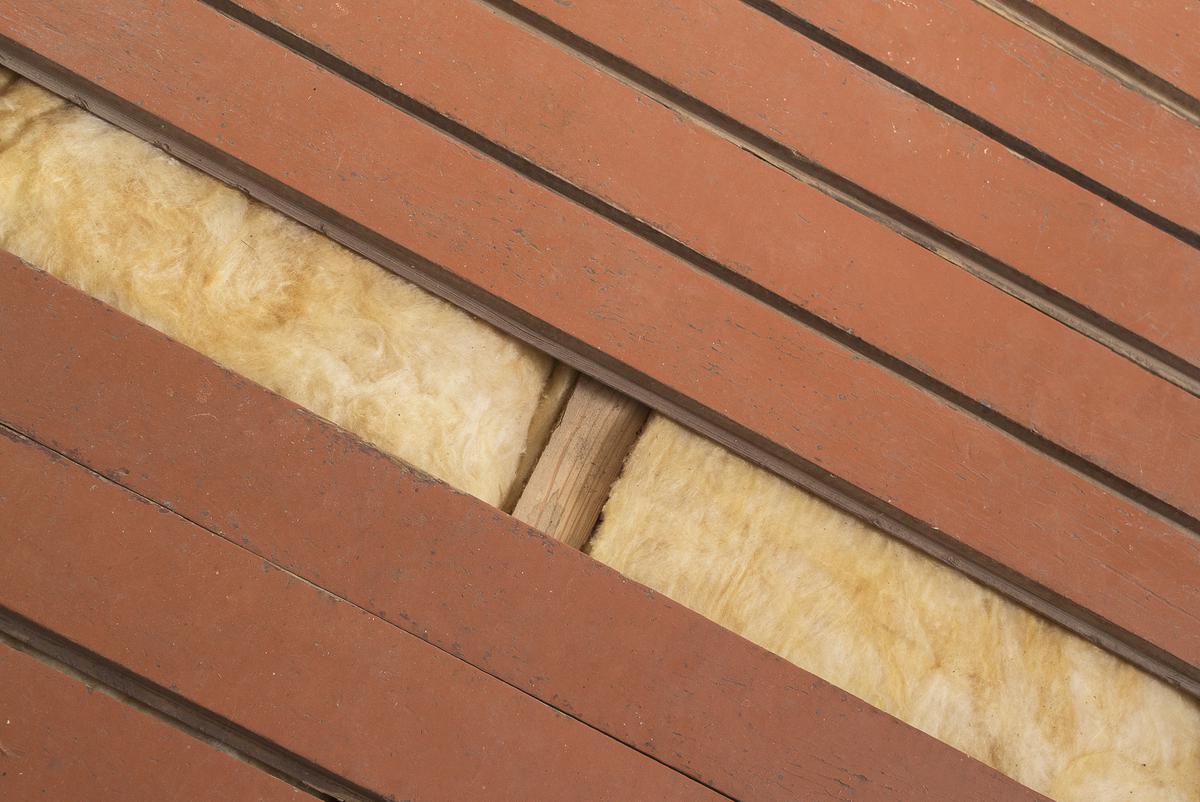
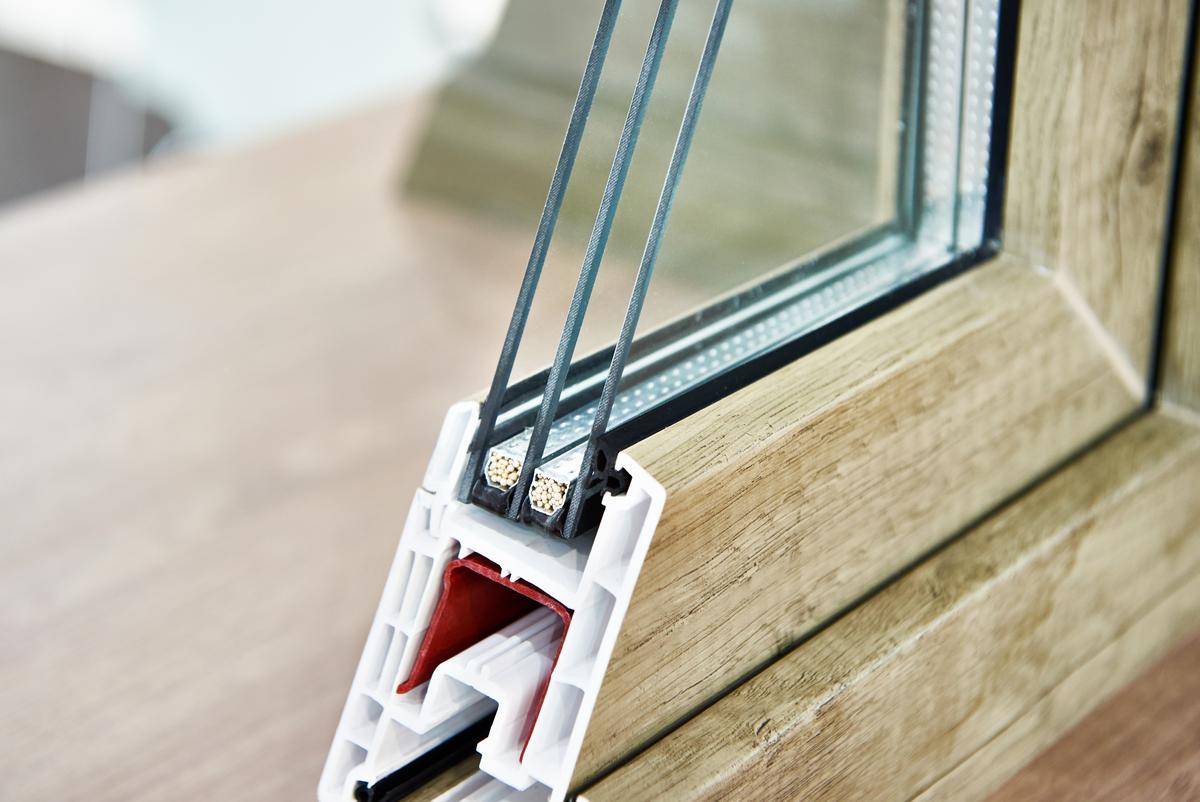
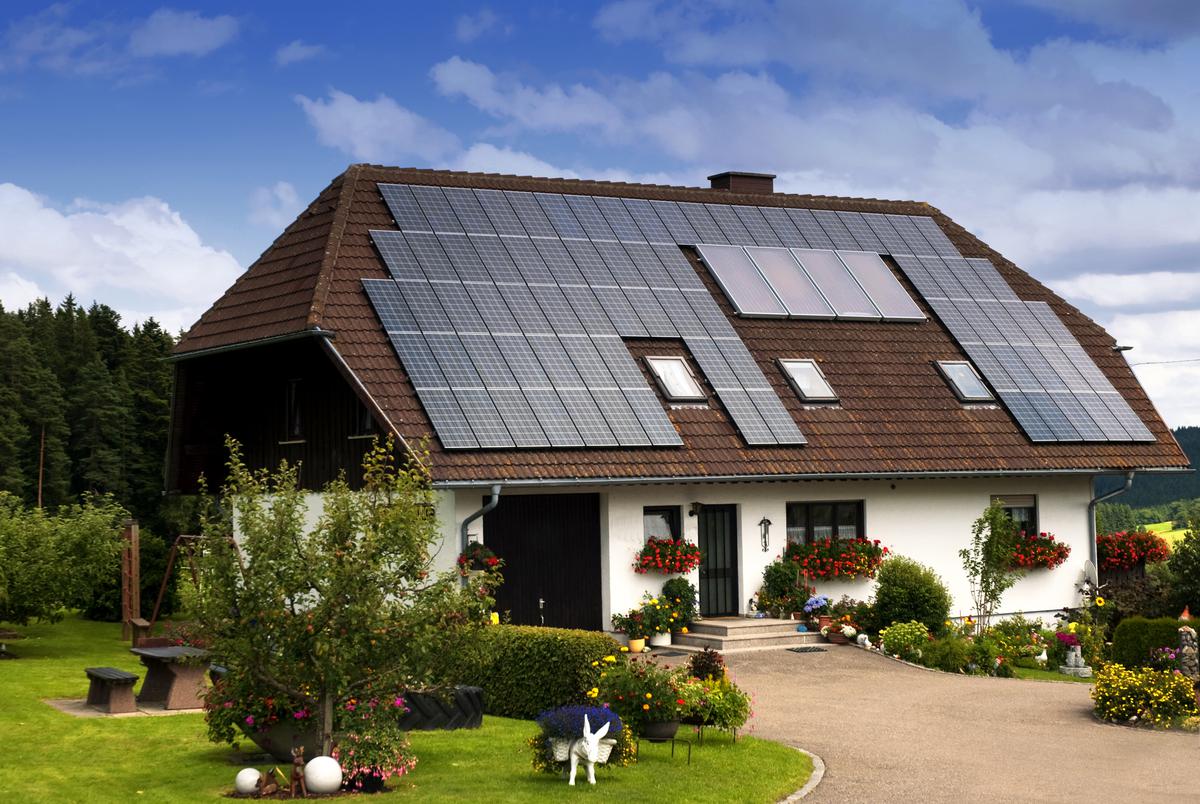
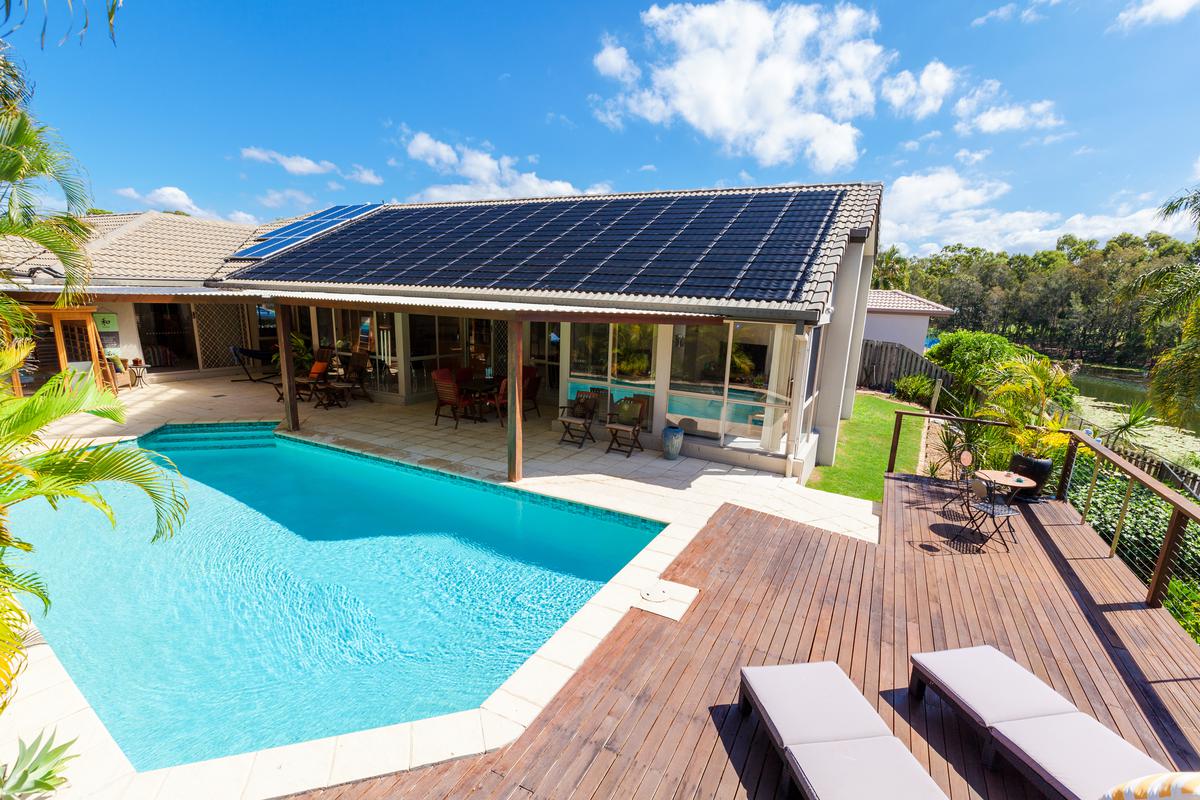
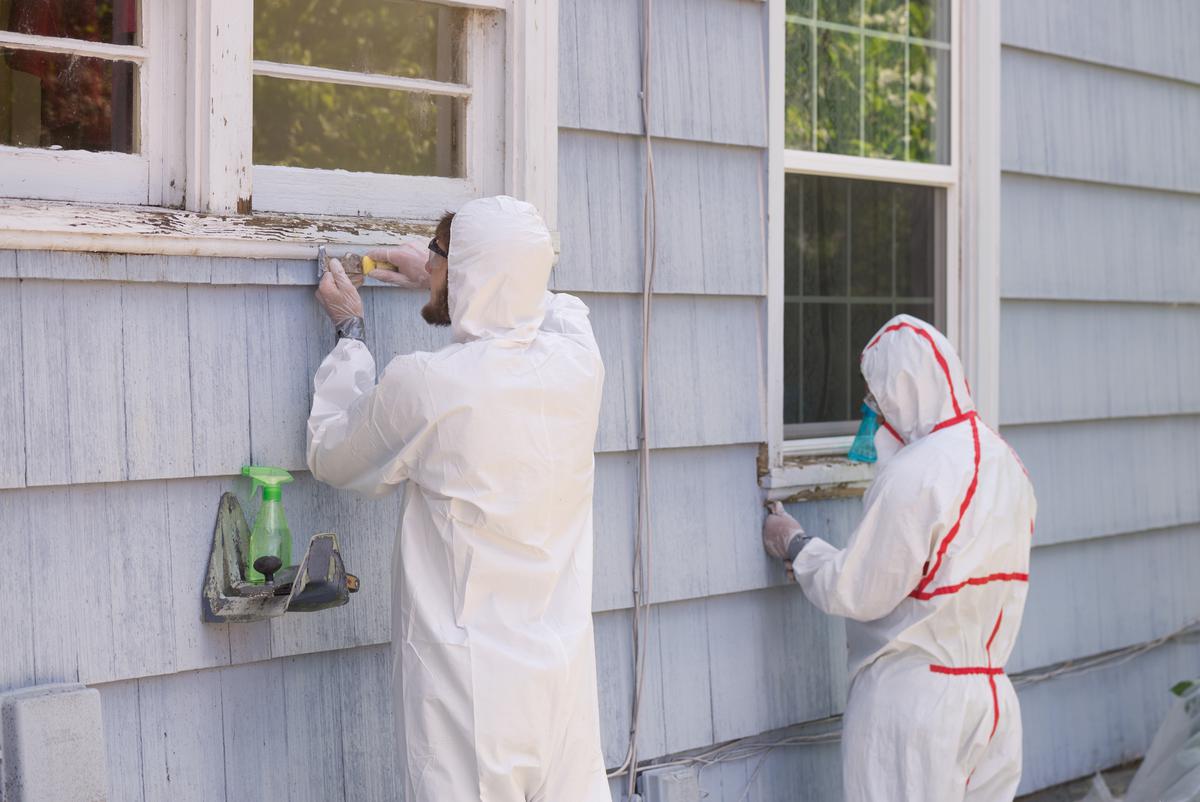


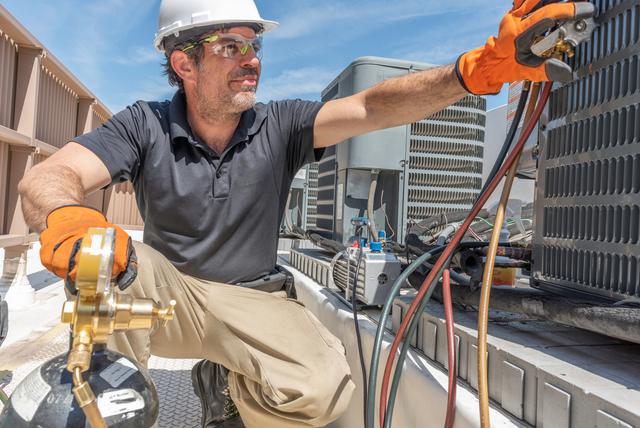


comments